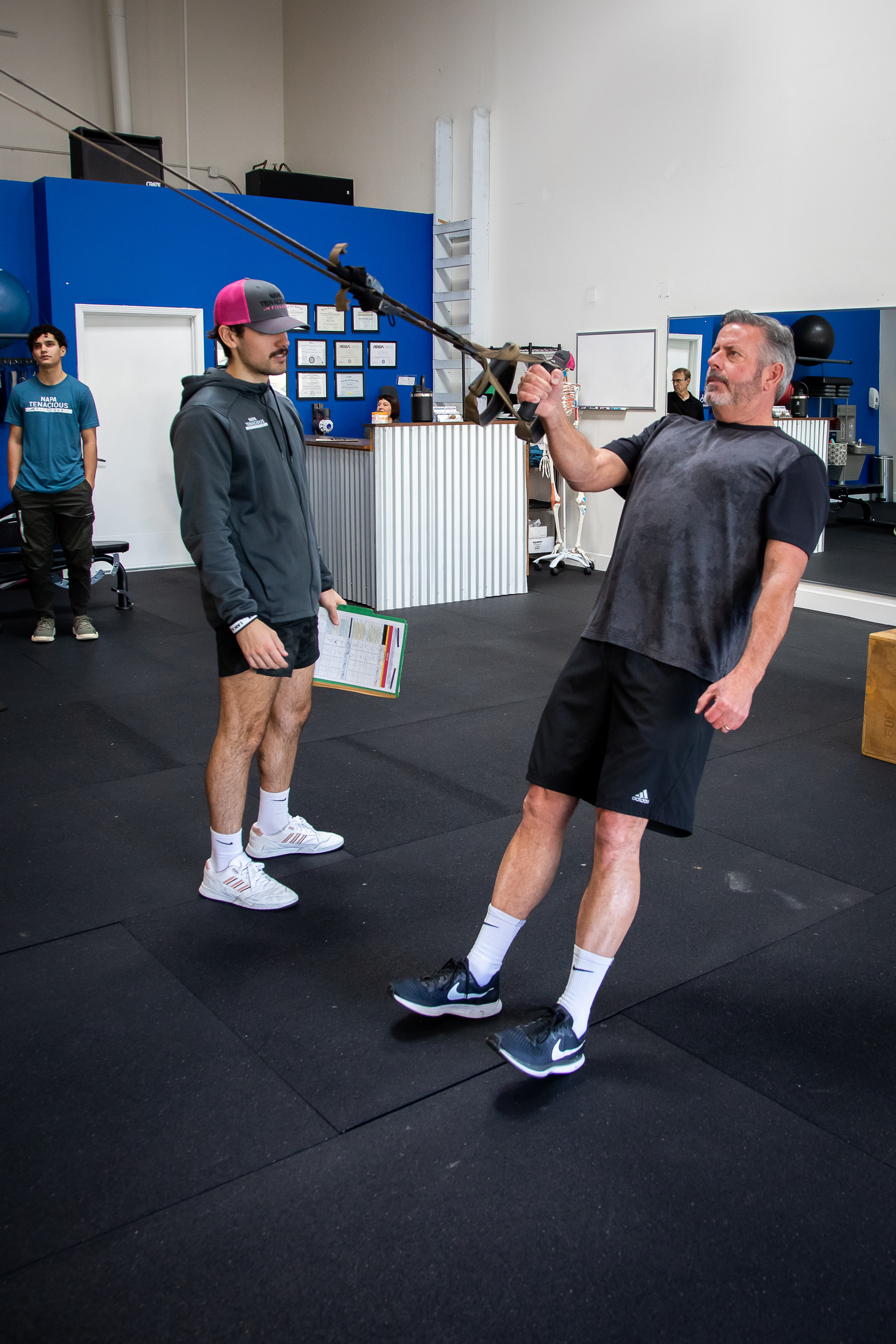“Back in ’82, I could throw a football a quarter mile. How much you wanna bet I can throw this football over them mountains?” Uncle Rico, a character in the movie Napolean Dynamite, stated this. Rico was in his mid-forties and hadn’t let go of his high school football dreams of being drafted into the NFL. Even though Uncle Rico may have been living in another fantasy world where he could throw a football to the horizon, a small portion of his statement is true when we relate to our athletic experiences from our youth.
Athletes in their prime at younger ages can perform amazing feats of physical performance. Baseball pitchers throw over ninety miles per hour. Volleyball athletes with thirty-six-inch vertical leaps spike balls at their opponent’s faces with the force of a big rig truck creating a thunderous audible crack upon contact with the ball. College football quarterbacks have been seen throwing over fifty yards from their knees. The ability of athletes in their prime usually occurs at younger ages. Why is this important to note? The anatomy of their body has that “fresh new car smell” to it. In other words, they haven’t been injured yet to slow down their performance.
A common injury following former athletic populations that have transformed into sedentary job settings is compromised shoulders. However, some of these shoulder injuries that might be perceived as remnants from high school pitching, throwing a football, or spiking volleyballs are less compromising than the injury that threatens our shoulder health in most society’s professions. These injuries that sneak up unexpectedly in our everyday lives are shoulder underuse injuries.
As typical progressions of aging occur, we might get bumps and bruises along the way. Additionally, individuals have an increased potential to veer away from the physical activities they enjoyed in their youth following their recovery from a significant injury. Common shoulder injuries include tendonitis, bursitis, or inflamed rotator cuff muscles. Rehabbing an injury poses a challenge both mentally and physically. Pain isn’t necessarily the most desirable experience to embrace. Add in the responsibilities we engage in throughout our careers of sitting at desks, driving to work, and enduring the stresses of being a parent and, paying a mortgage, and managing taxes, the time for our previous athletic career gets thrown at the bottom of the list of things to do. Sometimes, it’s not the repercussions of the stress we impose on our bodies from being rambunctious, young, and active individuals. Lack of activity in the latter portion of our life significantly impacts our body’s integrity as we progress forward in the years to come.
Shoulder pain can be debilitating. Anyone burdened with a history of afflictions to the normal function of the shoulder can relate to the limitations a bum shoulder imposes. From reaching up in the cupboard to retrieve your favorite coffee mug to using a loofa to wash behind your neck during bubble bath time, a compromised shoulder throws a monkey wrench in the spokes of life’s normal physical activities. Even putting on a seatbelt or sliding an arm into a zip-up jacket can be an obstacle when dealing with a cranky shoulder.
While it’s easy to blame what we did in our past to explain what makes up the present, it’s even easier to set aside what we need to do to make the present a better situation. For example, shoulder injuries from underuse have the potential to accumulate even more after an active, athletic career. If the muscles, tendons, ligaments, and bones of a shoulder joint that were so active immediately stop moving, the connective tissue can stiffen. This hardening of the connective tissue after five, ten, twenty, or forty years of underuse compounds exponentially over time. Therefore, if left unused in movements that emulate the physical activities we performed when we were more active before our careers as adults took over, the shoulder’s functionality to maneuver in its ball and socket joint decreases substantially.
As a solution to continue participating in recreational physical activities that kept our shoulders active in the past, adhering to shoulder injury prevention and strength and conditioning tactics is just as much, if not more, critical toward the long-term health of our shoulders. Dynamic stretching, mobility exercises, and shoulder strengthening exercises performed at a gym setting, with a skilled personal trainer, or at a reputable Pilates or Yoga class can offer these resources. Additionally, the continuous use of the shoulder through various recreational physical activities around the house, such as sweeping, vacuuming, or gardening, positively impacts shoulder joint functionality.
It might not be the best approach to practice throwing footballs over mountains. However, it wouldn’t hurt to practice and continue throwing something. Whether it be a frisbee, a ball for your dog, or just some bird seed for the ducks out at the pond, continuing to use the shoulder joint throughout various modes of movement decreases the likelihood of permanent damage to this valuable joint.
Sean McCawley, the founder and owner of Napa Tenacious Fitness in Napa, CA, welcomes questions and comments. Reach him at 707-287-2727, napatenacious@gmail.com, or visit the website napatenaciousfitness.com.

